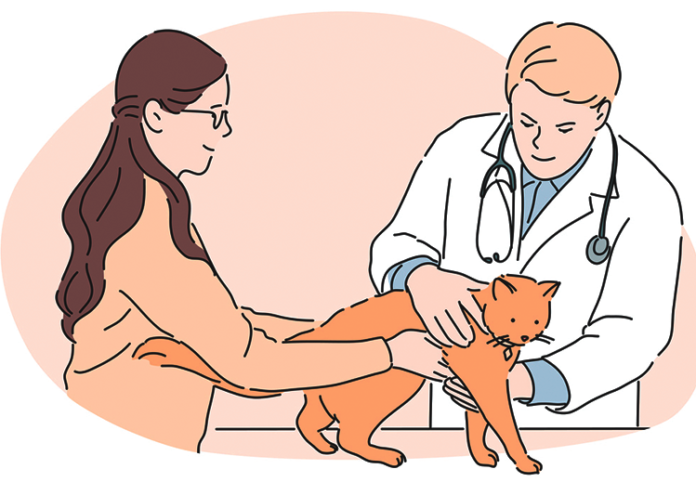A recent Brazilian study published in the Journal of Veterinary Anaesthesiology Analogue looked at placing intravenous (IV) catheters into the front legs of cats who had been sedated. Even with sedation, many cats will react negatively to catheter placement.
The study looked at 24 cats that were sedated with dexmedetomidine and methadone or nalbuphine. Sedation was allowed to take effect for 30 minutes before the leg was shaved and cleaned in preparation for the placement of a catheter. Half of the cats had a topical lidocaine-prilocaine cream applied 20 minutes before catheter placement, while the other half (controls) did not.
During the study, cats were scored on both level of sedation and reactions to the catheters. There was no difference in sedation scores between the two protocols used. None of the cats who received the lidocaine-prilocaine cream showed a negative reaction to catheterization, while all but one of the control cats did.
Based on the results of this study, an Italian study published in the Journal of Feline Medicine and Surgery evaluated the use of the lidocaine-prilocaine cream for jugular venipuncture (withdrawal of blood from the jugular vein) in cats. In this study, 18 client-owned cats had their necks shaved for venipuncture and half of the cats had liquid paraffin (placebo) applied, while the other half had the lidocaine-prilocaine cream applied to the area. The areas were lightly covered after application of the treatments. After 30 minutes, a blood sample was drawn.
In the study, the person drawing the blood, who did not know which treatment the cat had been given, subjectively scored the cats for stress and ease of sampling. All but one of the cats who received the lidocaine-prilocaine treatment were believed to be less stressed, and all but one had easier blood draws.
These studies suggest that the use of topical anesthetics can make venipuncture and catheter placement less stressful for cats. A drawback is the additional time required for the procedures, but this treatment may still be worth the extra time in some, if not many, situations.




